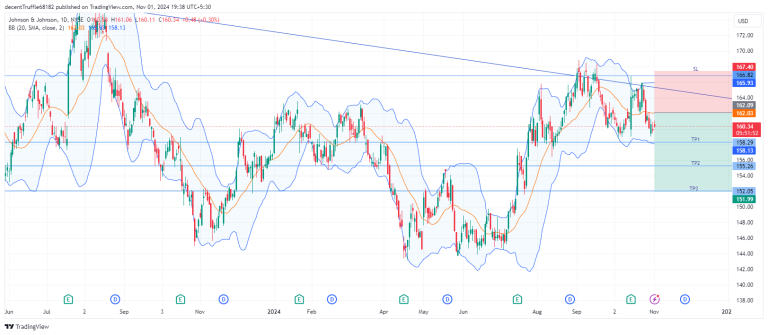Block (SQ) stock price has crawled back after bottoming at $54 in August. It has entered a local bull market, rising by 30% from its lowest point in August, and is hovering near its highest level since May 6.
One of the top fintech brands
Block, formerly known as Square, is one of the top fintech companies in the world with a market cap of over $44 billion. This valuation is still significantly lower than its all-time high of $123 billion.
The company is now working to go back to its former glory, through its several brands like Square, AfterPay, Cash App, TIDAL, and TBD.
The challenge, however, is that each of these businesses is facing substantial competition. Square’s payment solution is competing with the likes of Stripe and PayPal, while TIDAL, a music streaming application, has a tiny market share of 0.11%. TIDAL competes with other juggernauts like Spotify, YouTube Music, and Apple Music.
AfterPay, the Buy Now Pay Later (BNPL) company it acquired for $29 billion in 2021, competes with the likes of Affirm and Klarna. Cash App is also seeing strong competition from companies like Venmo and Zelle.
Block is doing well despite this rising competition. Its annual revenue has risen from $1.53 billion in 2019 to over $6.2 billion in 2023. Its trailing twelve-month (TTM) revenue stood at a record high of $8.4 billion.
The most recent results showed that its revenue grew from $5.5 billion in the second quarter of 2023 to $6.15 billion. This growth was mostly driven by transactions, which rose to $1.7 billion.
Subscriptions rose to $1.78 billion, while its Bitcoin revenue jumped to $2.6 billion as prices and volume rose. Block is the seventh-biggest holder of Bitcoin in the world, with 8,211 coins worth $573 million in its balance sheet.
Block has also become a profitable company. Its second-quarter profit rose to $195 million, a big improvement from the $102 million loss it made in the same period last year. It also made a profit of $667 million in the first half of the year.
The results showed that Square’s gross profits rose to $923 million, while Cash App generated $1.29 billion.
Read more: PayPal stock analysis: the train already left the station
Third-quarter earnings ahead
The next important catalyst that will impact Block’s stock will be its third-quarter earnings scheduled for November 7. These results will provide more color on its performance as retail spending remained strong.
The numbers will also provide more hints about its recent partnerships. For example, it recently entered a partnership with SalonCentric, the biggest beauty product business-to-business company in the US. The deal introduced solutions like SalonInteractive, Vish, Submatic, and Pomp into Square’s app marketplace.
The biggest partnership that Block made was with Lyft, the second-biggest ride-hailing company in the US. This deal means that users are now able to pay for their trips using Cash App.
The average revenue estimate for the third quarter was $6.24 billion, a big increase from the $5.2 billion in the same period last year.
Block is also expected to be a more profitable company, with the earnings per share (EPS) expected to grow from $0.55 to $0.87.
The company’s forward guidance is expected to show that revenue will move to $6.35 billion. For the year, analysts expect its revenue to come in at $24.7 billion, followed by $27.4 billion in the next financial year.
Read more: What’s going on with Block’s share price after Q4 profits beat expectations?
Is Block a good buy?
Block is one of the top fintech brands in the financial services industry. It owns some of the best brands, and is also one of the biggest players in the crypto industry.
Most importantly, the management is now working on how to scale its business profitably. For a long time, it has had weaker margins than other companies like PayPal and Adyen.
It has a 35% gross margin, while the other two have 45% and 62%. Their net profit margin are 2.90%, 14%, and 45%, respectively.
In my view, one easy way to boost its margins is to sell TIDAL, a company that will struggle to become profitable because of the rising competition.
Block stock price analysis
SQ chart by TradingView
The daily chart shows that the SQ share price has moved sideways in the past few months. It has moved slightly above the 50-day moving average. Most importantly, it has formed an inverse head and shoulders pattern, a popular bullish sign in the market.
Block has also remained slightly below the 23.6% Fibonacci Retracement level. Therefore, the stock will likely have a bullish breakout after publishing its financial results. If this happens, the next point to watch will be at $86.63, its highest level on March 12. This target implies a 20% comeback from the current level.
The post Here’s why Block (SQ) stock could rise 20% after earnings appeared first on Invezz









